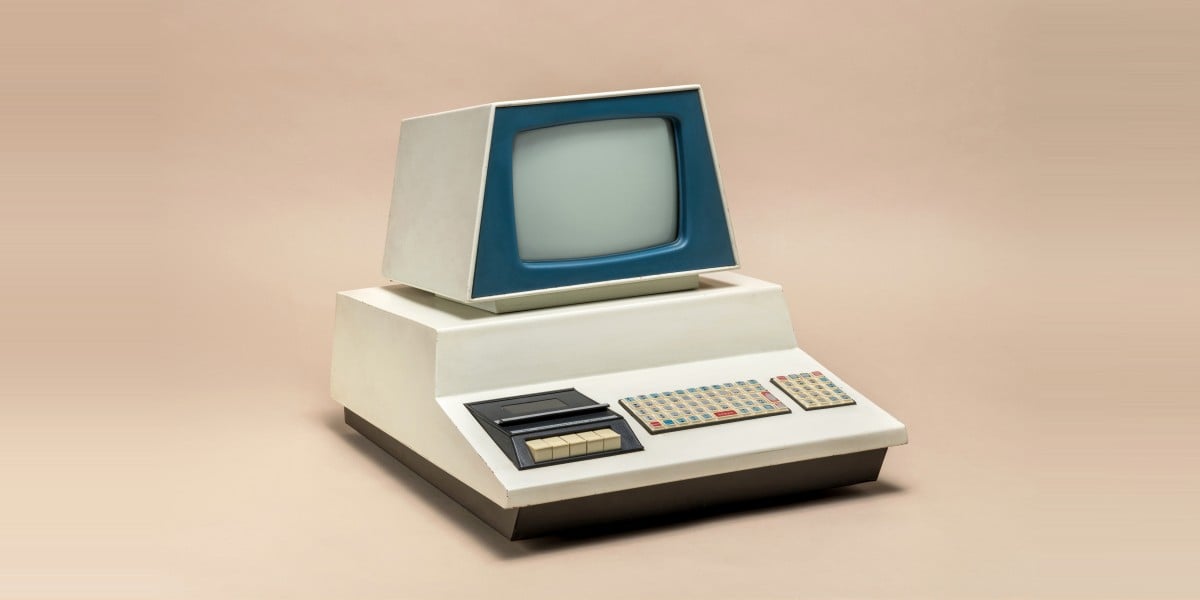SpaceX’s Dragon spacecraft has successfully reboosted the International Space Station (ISS), raising the perigee of its orbit by approximately one mile and further eroding the complex’s reliance on Russian rocketry.
The reboost kit, located in the trunk of the SpaceX CRS-33 Dragon cargo spacecraft, consists of two Draco engines. The system is isolated from the rest of the spacecraft, and the demonstration was intended to show how the vehicle can maintain the ISS’s altitude.
The maneuver lasted five minutes, three seconds, and the initial test burn left the outpost in an orbit of 260.9 x 256.3 miles. Managers plan to use the reboost kit again throughout fall and perform a series of longer burns.
The Northrop Grumman Cygnus cargo spacecraft can also perform limited reboosts, and SpaceX demonstrated in 2024 that the Dragon itself is capable of using its engines to nudge the ISS.
With the retirement of the Space Shuttle and the end of the European Space Agency’s (ESA) ATV program, Roscosmos Progress vehicles have been regularly used to reboost the ISS.
The extra capability could be timely. Rocket and Space Corporation Energia produces the Progress spacecraft. Last week, CEO Igor Maltev reportedly told employees that they needed to stop “lying to themselves and others about the state of affairs, convincing themselves and others that everything is fine with us.”
The decrepit state of the Russian space program isn’t a secret. One paying passenger on the country’s Soyuz spacecraft told The Register that having to dodge puddles on the floor from a leaking roof while on his way to inspect his vehicle was eye-opening.
SpaceX’s demonstration also shows that when the time comes, the company should be capable of producing the opposite of a reboost capability and send the ISS into the atmosphere for controlled disposal. ®
Source link


